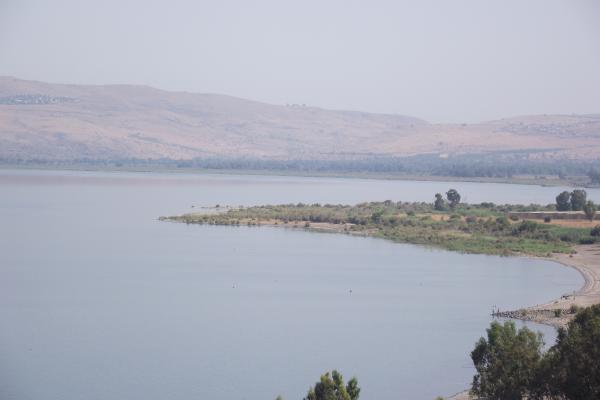A few of us from our missional community asked one of the heroes of our neighborhood to sit down for a meal so we could hear more of her story and learn from her experiences. Among locals, she is known as “Judy the Beauty” and owns a local restaurant that has been around through all the years of violence and pain our neighborhood has endured over the past 30 years. Rather than calling the police when gang members would threaten her, she would simply hire them and give them a warm meal. She is now the “mom” to dozens of guys society had written off as a lost cause. When we asked her what she would suggest we do as a community who deeply desires to be good news in our neighborhood, she said, “You have to listen. Drop your agendas and allow the stories of the inhabitants of the neighborhood inform how you engage and participate. Simply be present.”
I never fully understood the significance of the first thirty years of Jesus’ life until I had the opportunity to walk from village to village near the Sea of Galilee in modern-day Israel. Between dusty roads that rise and fall over rolling hills that circle the beautiful body of water, small villages and ancient cities fill out the first-century context of Jesus.
Following the model of his earthly father, Jesus was a carpenter. In that day, carpentry was much more closely associated with rock than with woodworking. The ancient city of Sepphoris—near Jesus’s childhood village of Nazareth—is still largely intact because of the rock structures that served as building foundations. Also because the leaders of the city chose not to participate in the Great Revolt of 66-70 AD against Emperor Vespasian, the Romans didn’t destroy the city. In fact, as Herod Antipas (son of Herod the Great) rebuilt the city during the start of the first century, it is likely that Jesus would have spent much time working there as a carpenter.
Sepphoris was a significant city for many reasons. Besides being the Galilean capital, it was the central hub of commerce and a highly influential Jewish place of leadership. There were many layers to life in cities like this and for life in general during the time of Jesus.
As I walked the modern-day ruins of this site, I couldn’t help picturing a 20-year-old Jesus working next to his dad while listening and living a radically submerged life within this context. While shaping rock that would act as foundations for buildings whose use he may or may not have agreed with, Jesus was present.
Jesus was not just present for a year or two; he was present for 30 years before entering his formal ministry. There is an element of lingering inherent with submerging. It is a willingness to be present to the point of feeling like we are wasting time, when in reality we are leaving ourselves open to be used by the Spirit in ways we be might otherwise have never been aware of. Lingering is not simply walking aimlessly in circles; it is knowing what we are looking for and being intentional with our time and presence.
Jesus, with his building vocation as Messiah and inaugurator of the kingdom of God, spent time to linger, to be fully present and submerge into his context. And he did so for 30 years. Being the one chosen to redeem all of humanity, I have to wonder if he ever felt as thought he was wasting time at any point during the first 30 years of his life. After all, he had a lot of work to do and a renewed story to tell and invite God’s people into.
In the end, we know that Jesus wasn’t wasting time; he was listening to the voice of his Father and doing the very things he saw his Father doing (see John 5:19). He was submerging deep into his context and preparing to invite others into the story of God. The same is true for us. What may feel like wasted time is quickly redeemed by the Spirit when we linger and submerge with intentionality.
How might we have unhealthy expectations for the speed and frequency in which we see and experience transformation in our neighborhoods?
May we be driven to better love on our neighborhoods by the Spirit rather than our ambitions or agendas, even if they are developed with the best intentions.
Jon Huckins is on staff with NieuCommunities, a collective of missional communities who foster leadership and community development. He also co-founded The Global Immersion Project which cultivates difference makers through immersion in global narratives. Jon has a Master’s degree from Fuller Seminary and writes for numerous publications including, theOOZE, Burnside Writer’s Collective & Red Letter Christians. He has written two books: Thin Places: Six Postures for Creating and Practicing Missional Community (Beacon Hill) and Teaching Through the Art of Storytelling (Zondervan). He lives in San Diego with his wife Jan, daughter Ruby. Jon blogs here:http://jonhuckins.net/. Note: Much of this post in content from Huckins’ book Thin Places published by The House Studio
Got something to say about what you're reading? We value your feedback!
